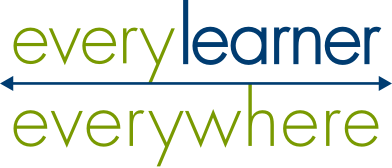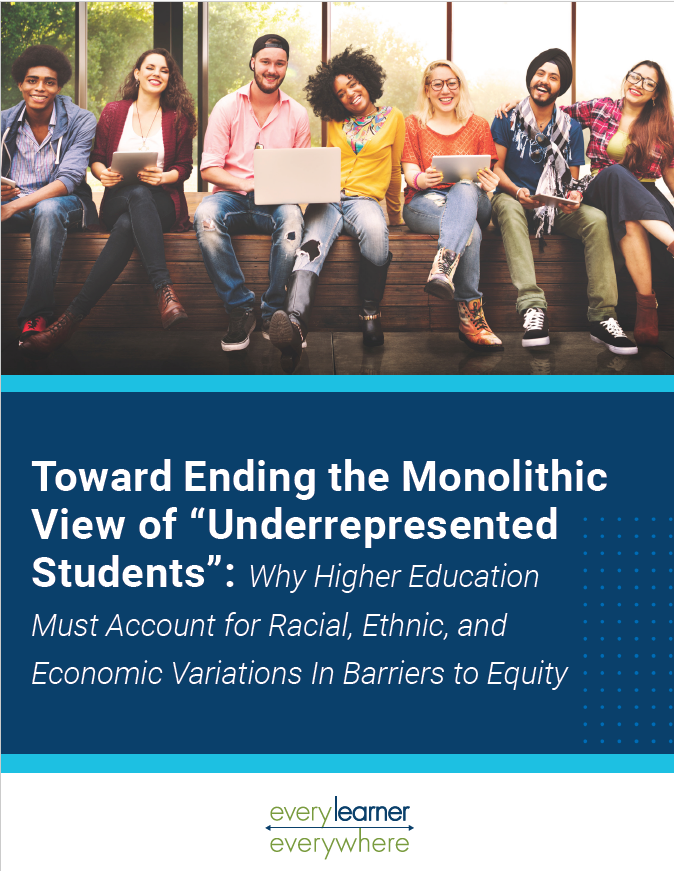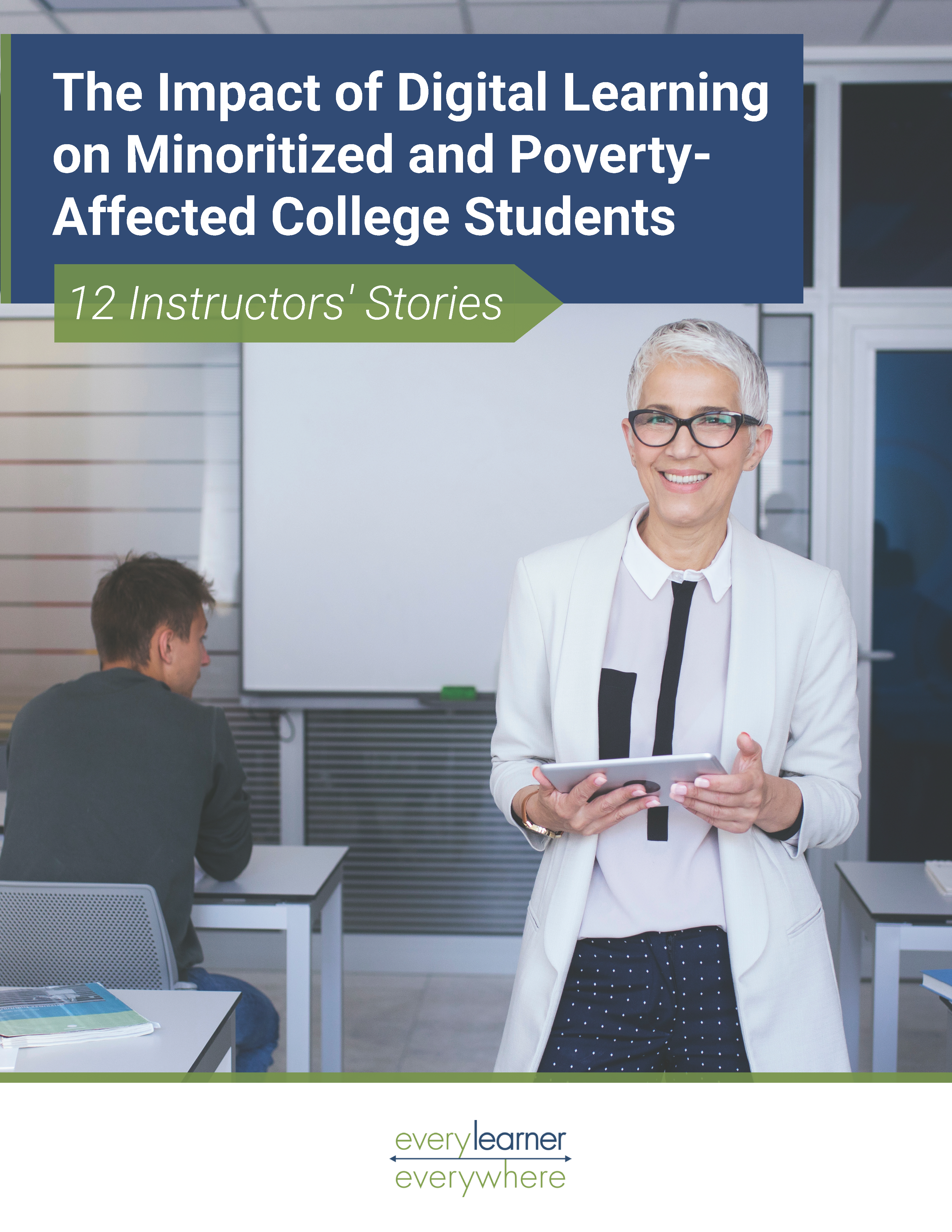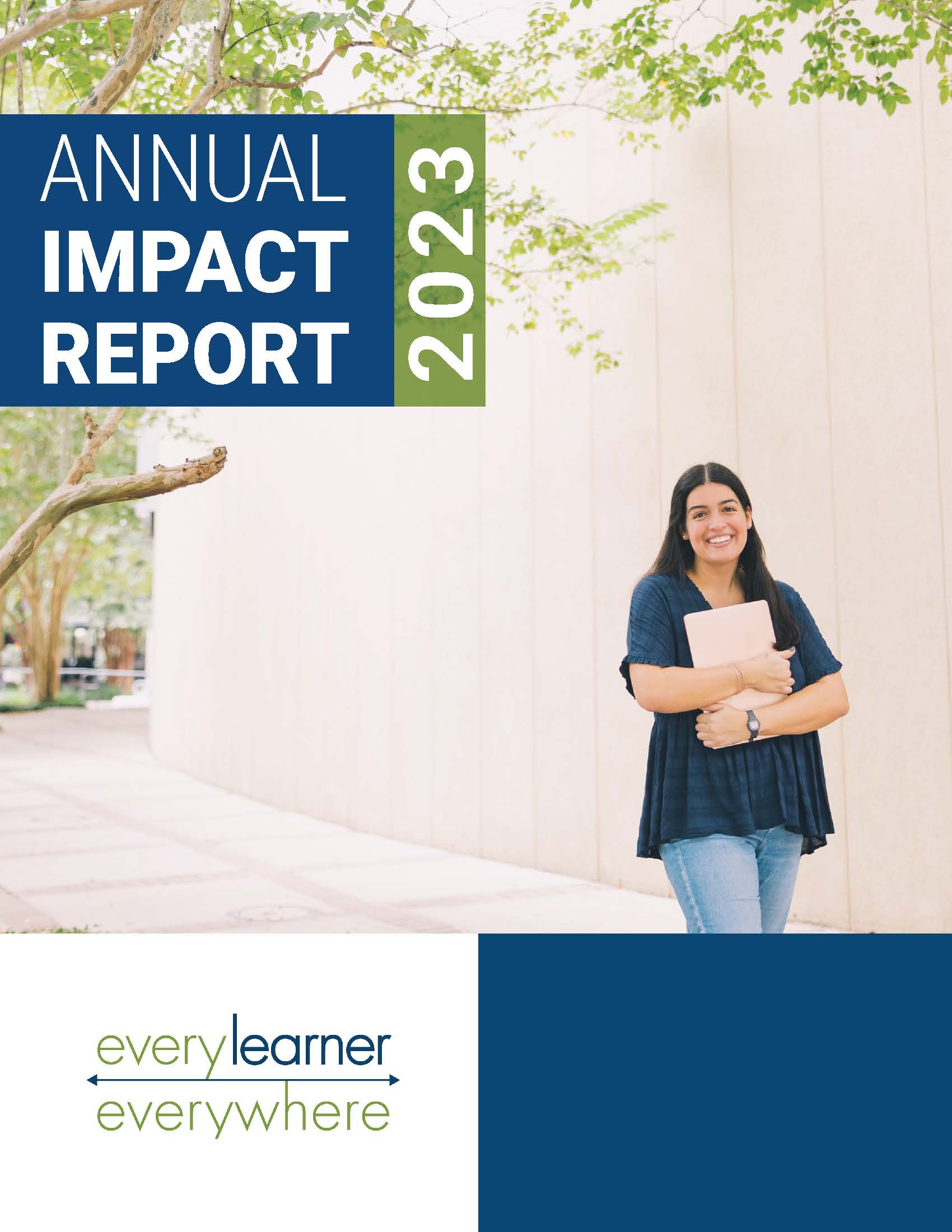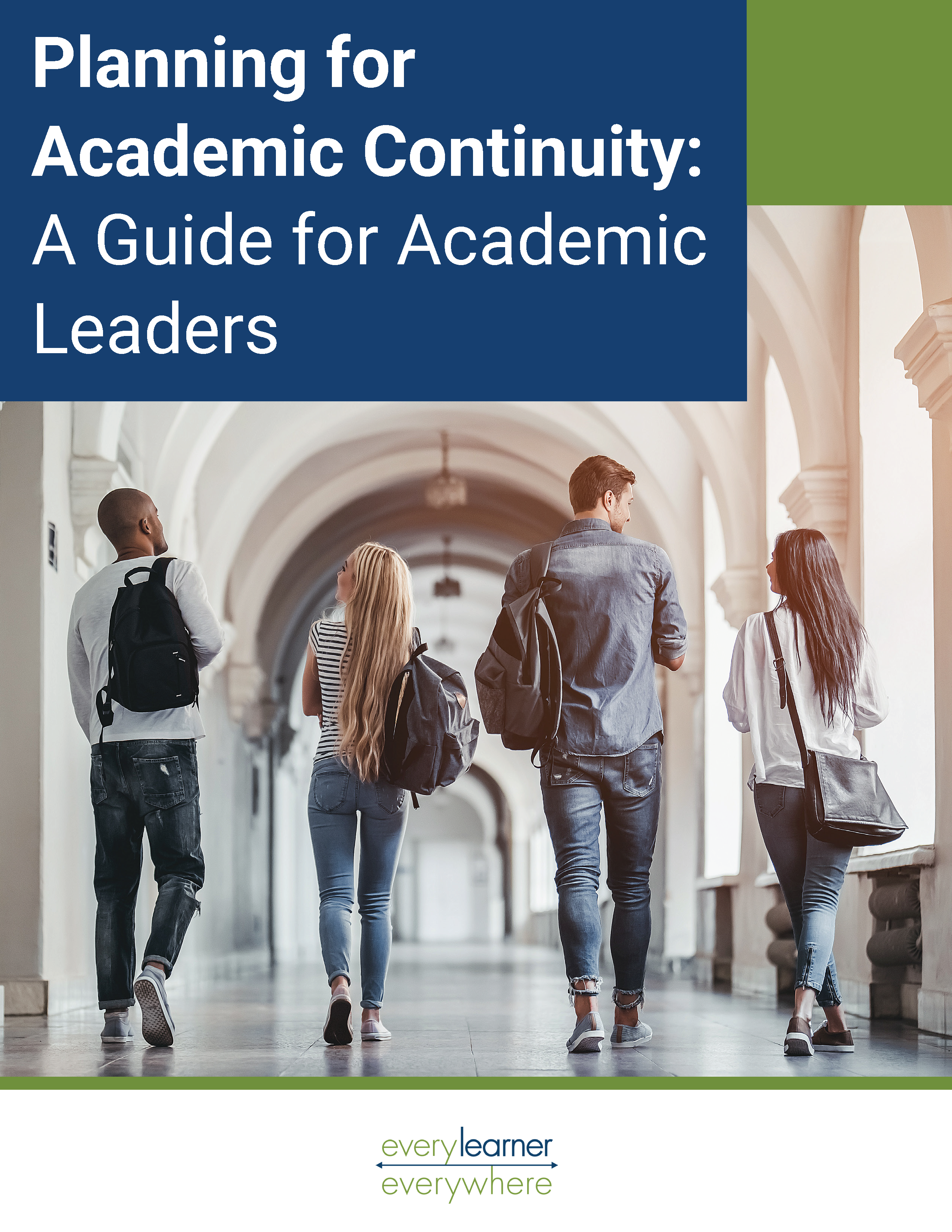Why Higher Education Must Account for Racial, Ethnic, and Economic Variations In Barriers to Equity
Higher education in the United States has a tendency to treat all “underrepresented” students as a monolith in ways that are counterproductive to the cause of equity. This aggregation of racially and ethnically minoritized, poverty-affected, and first-generation students obscures significant variations in admissions, course-level outcomes, persistence, graduation, and career success. Digital learning is particularly lacking in disaggregated data. To make progress on equity, educators and institutional leaders must be able to balance seeing and examining the patterns of lived experience among people in specific student populations with hearing how every student’s experience is unique.
Toward Ending the Monolithic View of “Underrepresented Students”: Why Higher Education Must Account for Racial, Ethnic, and Economic Variations in Barriers to Equity, synthesizes commentary, research, and programmatic activity on how higher education has grappled with disaggregating and using student data to confront and close equity gaps for particular student populations. A literature review of relevant studies and commentary was complemented by original interviews with 17 experts, including faculty, administrators, researchers, advocates, and students. Those experts are quoted at length throughout the report. The purpose of the report is to advance high-level evidence-based conversation about equity and learning — especially digital learning — in U.S. colleges and universities.
Toward Ending the Monolithic View of “Underrepresented Students” is organized into two parts:
- Part 1: Why and How Accounting for Variations in Student Populations Matters for Equity
- Part 2: What Works to Remove Barriers to Equity for Unique Populations
Interwoven into those parts are sections with background and related information including:
- the history and context of these racial, ethnic, and economic categories;
- the various ways first generation is defined;
- how historically Black colleges and universities (HBCUs) and tribal colleges and universities (TCUs) provide models for equity-centered institutional culture;
- exemplar programs; and
- resources and tools for creating equity-centered educational institutions.
An Appendix details where disaggregated student data does exist and provides a sampling of how that data could create more precise profiles of racially and ethnically minoritized students.
Download the full report Download the executive summary